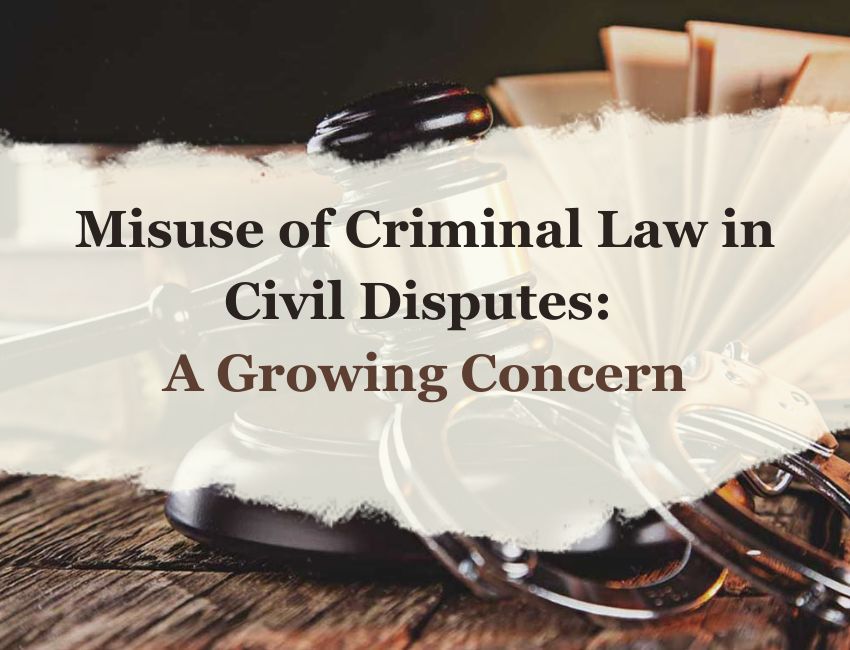H.K. Chainani, C.J.@mdashThese five applications have been heard together, as they raise a common question whether for the purpose of determining the area which a protected tenant is entitled to purchase under the provisions of s. 38E of the Hyderabad Tenancy and Agricultural Lands Act (hereinafter referred to as the Act), the area of land which the landholder holds outside the territory to which the Act applies can be taken into consideration.
2. The facts in Special Civil Application No. 205 are that the petitioner is the landholder of survey No. 149A measuring 7 acres and 38 gunthas. This land is being cultivated by opponent No. 1 (hereinafter referred to as the opponent) as a tenant. The area of a family holding in the local area in which the land is situated is 30 acres. The petitioner owns considerable land in Barsi Taluka exceeding 60 acres. The Tehsildar was of the opinion that as the total holding of the petitioner, including his lands in Barsi Taluka, was more than two family holdings, the opponent was entitled to be declared as the owner of survey No. 149A under s. 38E of the Act. He, therefore, made final the provisional declaration made in favour of the opponent. The Deputy Collector in appeal took a different view. He was of the opinion that the holding of the petitioner in Barsi Taluka could not be taken into consideration and that as the holding of the petitioner in the Marathwada region, to which the Act applies, was less than two family holdings, the opponent could not be declared to be the owner of the land. He, therefore, set aside the order made by the Tehsildar. The Revenue Tribunal was inclined to agree with the view taken by the Tehsildar. The Revenue Tribunal was of the opinion that it was necessary to determine the exact extent of the land held by the petitioner in Barsi Taluka and as no finding on this point had been recorded by the Tehsildar, the Revenue Tribunal set aside the orders made by the Tehsildar and the Deputy Collector and remanded the matter to the Tehsildar for determining the extent of the lands held by the petitioner and also whether his income would exceed the normal income from two family holdings. This order is being challenged in the present application.
3. For considering the question of law, which we have to decide, it is not necessary to mention the facts of the other applications. I will refer to them later.
4. Sub-section (2) of s. 1 of the Act states that it extends to the whole of the Hyderabad area in the State of Maharashtra. The application of the Act is, therefore, restricted to the territories now forming part of the State of Maharashtra, which were formerly included in the Hyderabad State. Clause (h) in sub-s. (1) of s. 2 defines the expression "family holding" to mean a holding the area of which is equal to the area determined for any class of land under s. 4 as the area of a family holding for the class of which the holding consists in the local area in which it is situate. According to this definition "family holding'''' means a particular area of land (determined under s. 4) in the local area in which it is situated. Section 3 provides that Government may by notification in the Official Gazette specify and delimit areas each of which shall constitute a local area. The only areas which Government could specify and delimit under this section are areas to which the Act applies, A local area must, therefore, be within the territories to which the Act extends. Sub-section (1) of s. 4 states inter alia that the Government shall determine for alt or any class of land in any local area, the area of a family holding. The area of a family holding has, therefore, to be determined for each local area. As a local area must necessarily be within the territories to which the Act applies, it follows that a family holding can only be comprised of lands which are situated within those territories. Sub-section (2) of s. 4 provides that the Government shall determine the extent of land which shall be regarded as a family holding for each class in each kind of soil in all the local areas which may be determined for the area to which this Act extends, subject to the limits specified in the section, and shall notify in the Official Gazette the local areas and the extents so determined. This sub-section also makes it clear that all the local areas must form part of and be within the area to which the Act extends. In other words, a local area can only be constituted out of the territories to which the Act has been extended. A family holding is a certain extent of land in a local area. It can, therefore, include only those lands which are situated in the Marathwada region to which the Act extends. Lands which are situated outside this region cannot form part of a family holding.
5. Sub-section (1) of s. 38E of the Act provides that Government may by notification in the Official Gazette declare in respect of any area and from such date as may be specified therein that ownership of all lands held by protected tenants which they are entitled to purchase from the landholders in such area under any provisions of Chap. IVA shall stand transferred to and rest in the protected tenants holding them and from such date the protected tenants shall be deemed to be the full owners of such land. The proviso to this sub-section states that the transfer under this sub-section shall be subject to the.. condition that the extend of the land remaining with the landholder after the purchase of the land by the protected tenant.. shall not be less than twice the area of a family holding. This proviso originally contained the words" for the local area concerned" after the words "a family holding. "In view of these words, it was held by a single Judge of this Court in
6. In our opinion, therefore, lands which are situated outside Marathwada region, cannot be taken into consideration for determining the area of two family holdings, which under the proviso to sub-s. (1) of s. 38E of the Act have to be left with the landholder. This view is in accordance with that taken in
7. In the above application No. 205 the land held by the petitioner landholder in Marathwada region is only 7 acres and 38 gunthas, that is, very much less than the area of a family holding. The opponent cannot consequently be deemed to have become the owner of this land under sub-s. (1) of s. 38E of the Act. We, therefore, set aside the order made by the Revenue Tribunal and restore the order made by the Deputy Collector.

